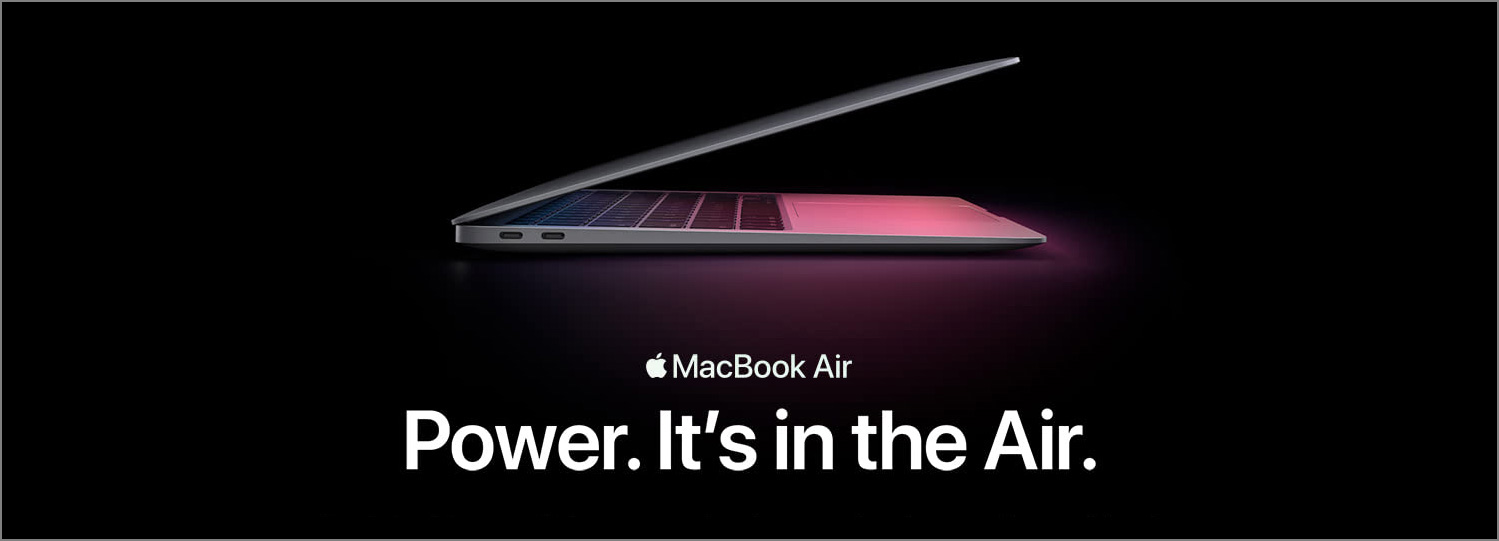We recently completed a design project in which a series of workshops were needed at the beginning to help us gain clarity on the problem we were solving and think creatively. The workshops went well, and it was a good opportunity for me to put my knowledge into practice. I figured it’d be nice to summarize the things I’ve learned about UX workshops here, and hope you’ll find them useful too.
1. There’s a divergent phase followed by a convergent phase.
Don’t run a workshop just because we can do so.
The characteristic of workshops is that they have a divergent phase followed by a convergent phase. Use workshops to gather diverse thoughts, ideas and opinions from all the stakeholders of a project and facilitate everyone to build a consensus. If we just need to share information, hold a meeting instead.
2. Run a workshop to design the workshops.
When a project begins, there’s usually a hodgepodge of things that are unclear, such as what problems we’re trying to solve, why we’re working on this project, and who’s involved. Instead of jumping straight to workshop activities, we might want to first design our workshops by running a workshop to properly define the goals, questions and processes.
In our very first workshop, we can invite everyone in the team and ask them to write down all the questions that they have in mind that they hope to answer through the upcoming workshops. Based on the questions, we can figure out the goals we’d like to achieve as a team, and then quite naturally, we can pick and choose the right processes or activities to achieve those goals.
3. Master the basic workshop activities.
I learned the 7 foundational activities for workshops from this excellent article written by the Nielsen Norman Group, and I found them pretty handy when planning or running a workshop.
The three we used quite often in our workshops were post-up, affinity diagramming and forced ranking (dot voting). We used post-up in the divergent phase whenever we needed to brainstorm/collect ideas from different team members. Then we organized those ideas together by creating an affinity diagram. When necessary, dot voting was used in the convergent phase to facilitate decision making in a democratic way to avoid the Hippo (Highest paid person’s opinion) problem.
4. Be creative with workshop activities.
One of the activities we did during our workshops was adjective studies, in which team members brainstormed adjectives that could describe the experience we were about to design and then looked for things, both digital and physical, that manifested those adjectives. Doing so helped us think more broadly, avoid being fixated on the limited scope that we were actually designing, and become more creative. I got the inspiration for this activity from the user testing method word choice, in which participants are asked to describe how they feel about a design using adjectives. Our workshop activity was basically a reverse of that.
Final Thoughts
Running a UX workshop can be a bit overwhelming, especially for beginners. By understanding the characteristic of workshops, properly planning them, and mastering the foundational activities, we can become a more confident facilitator. When we feel comfortable enough, we can also get creative and adapt workshop activities to suit our needs.

